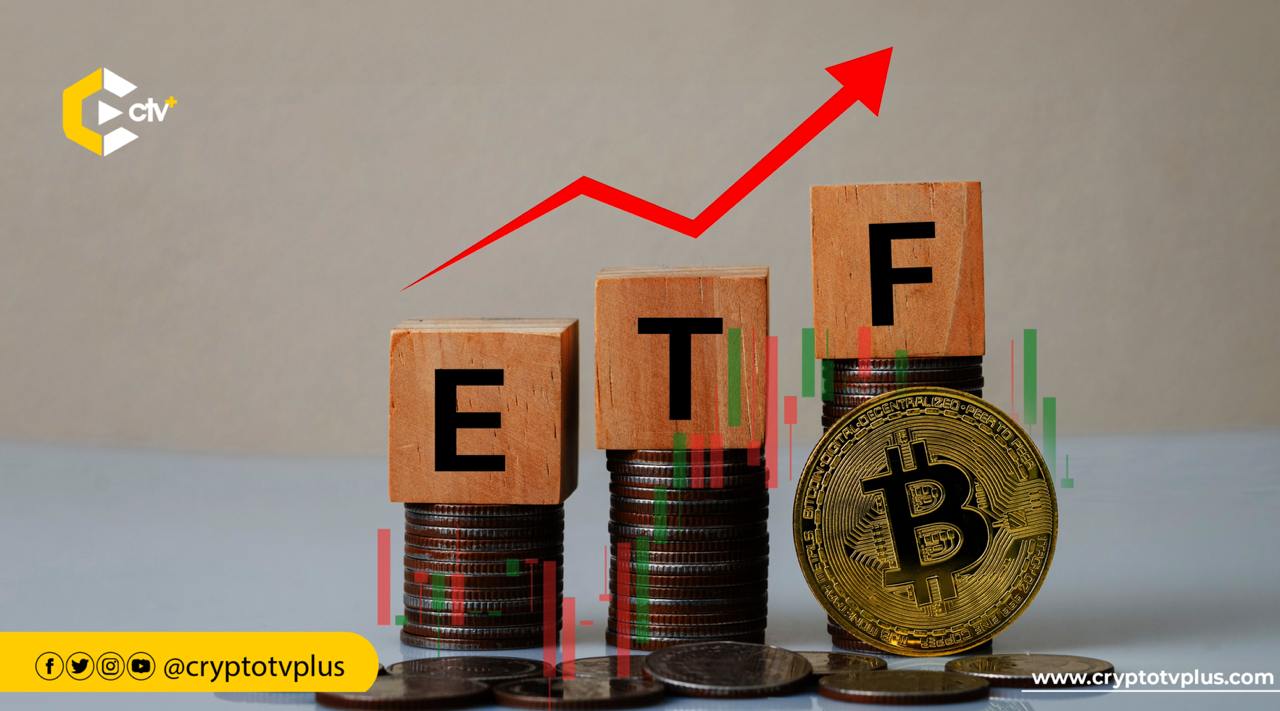News
Bitwise: US Bitcoin ETFs could reach $50B in 2025
Bitwise projects that the U.S. market for Bitcoin ETFs could experience significant growth, potentially exceeding $50 billion in inflows by the year 2025, highlighting increased investor interest and market expansion.

U.S. spot Bitcoin ETFs recorded almost $5 billion in net inflows in January, and Bitwise’s Matt Hougan predicts that figure could climb past $50 billion by the end of 2025.
Bitwise’s Matt Hougan projects that U.S. spot Bitcoin ETFs, which saw nearly $5 billion in January inflows, could attract more than $50 billion in total inflows this year.
“So far, so good: Spot Bitcoin ETFs pulled in $4.94 billion in January, which annualizes to ~$59 billion,” Hougan wrote in a Feb. 1 X post. “For context: In all of 2024, they brought in $35.2 billion.”
He added that there is “significant month-to-month volatility in flows” but said the Bitcoin ETFs would “end the year north of $50b.”
In December, Matt Hougan and Ryan Rasmussen of Bitwise predicted that Bitcoin ETF inflows in 2025 would surpass those of 2024.
The pair noted that by the close of 2024, the funds had attracted $33.6 billion in inflows—far exceeding the $15 billion analysts had initially predicted when they launched in January 2024.
According to Farside Investors, BlackRock’s iShares Bitcoin Trust ETF (IBIT) led net inflows in January, bringing in $3.2 billion. Fidelity’s Wise Origin Bitcoin Fund (FBTC) followed with nearly $1.3 billion.
Read also: Bitwise to expand its bitcoin investment options with new ETF
Bitwise’s Bitcoin ETF (BITB) secured over $125 million in net inflows in January, placing it fifth. The Grayscale Bitcoin Mini Trust ETF (BTC) ranked just ahead, attracting around $398.5 million.
In their December analysis, Hougan and Rasmussen forecasted that institutional investors would “double down” in 2025 by allocating more to Bitcoin ETFs, driving inflows even higher.
The duo emphasized that the first year for an ETF is “typically the slowest.” They highlighted how gold ETFs in 2004 brought in $2.6 billion in inflows before more than doubling to $5.5 billion the following year.
Hougan and Rasmussen pointed out that wealth managers at the world’s largest wirehouses still lack full access to Bitcoin ETFs. However, they predict that this will soon change, unlocking vast amounts of capital—potentially in the trillions.
























